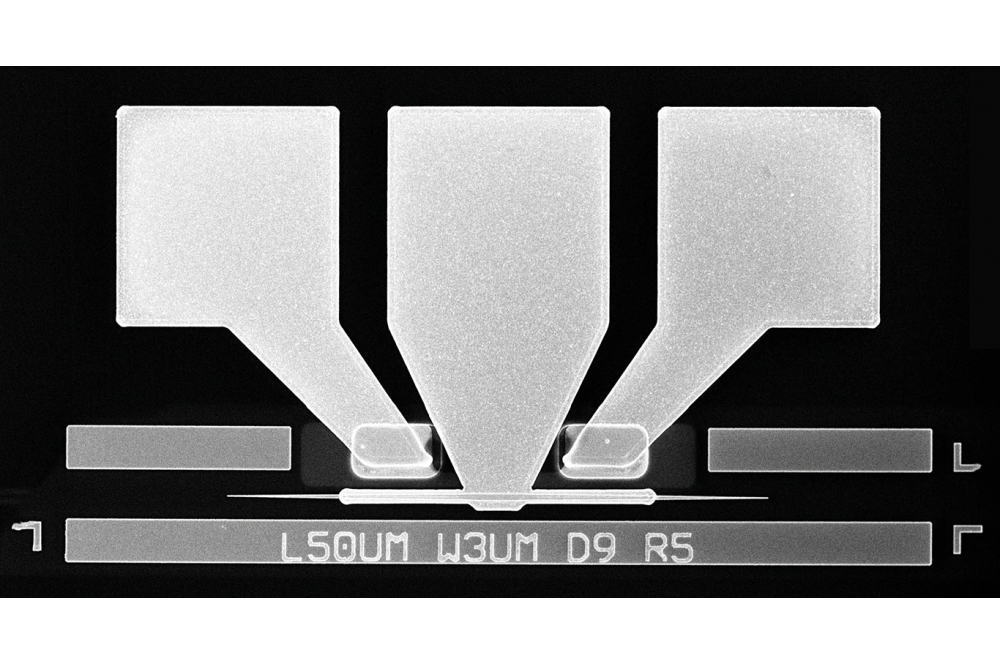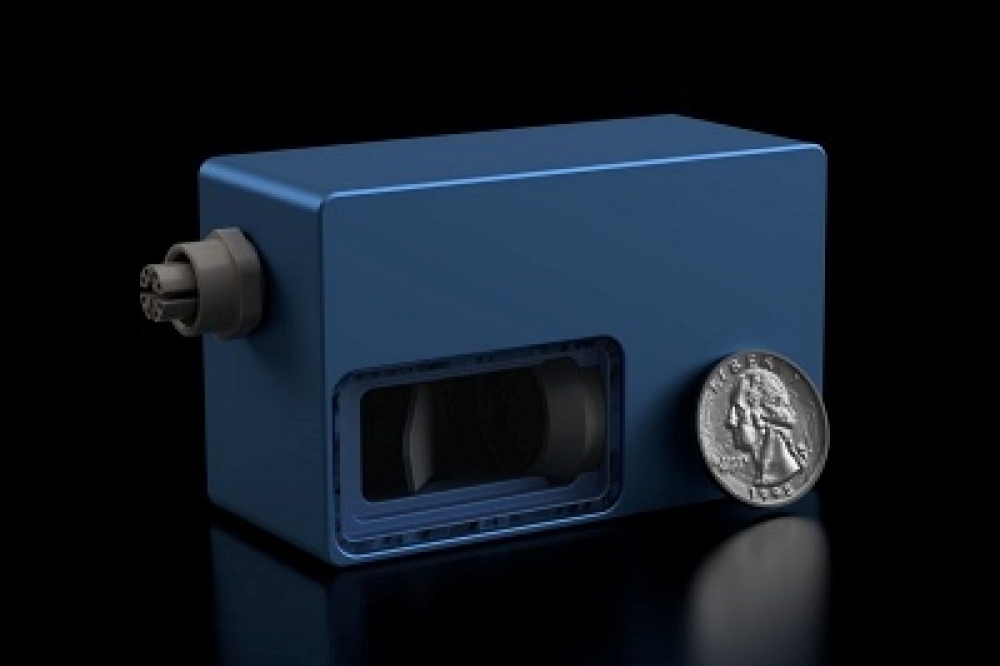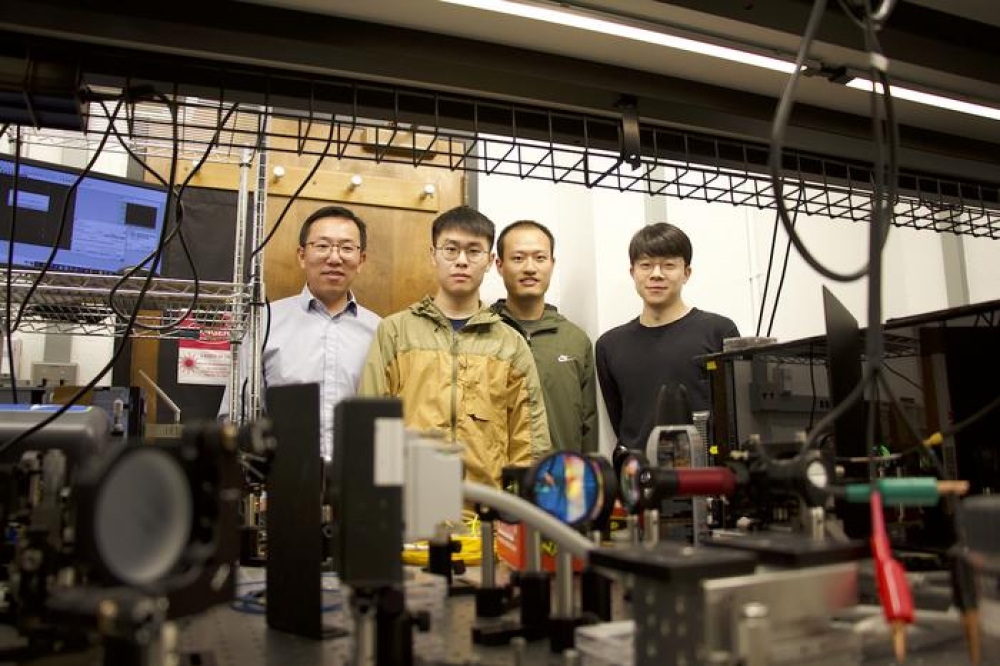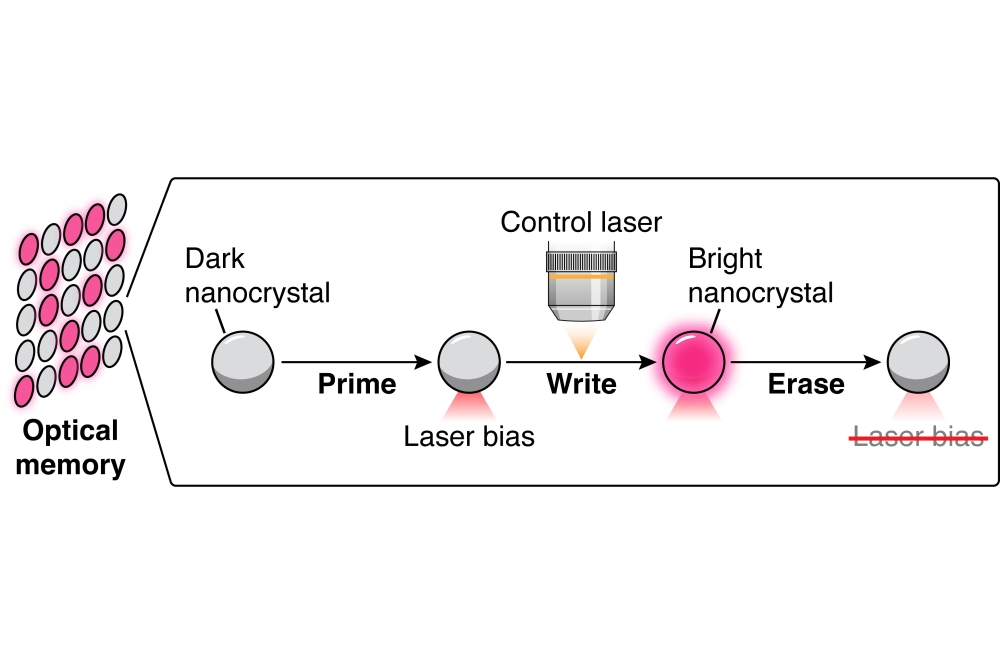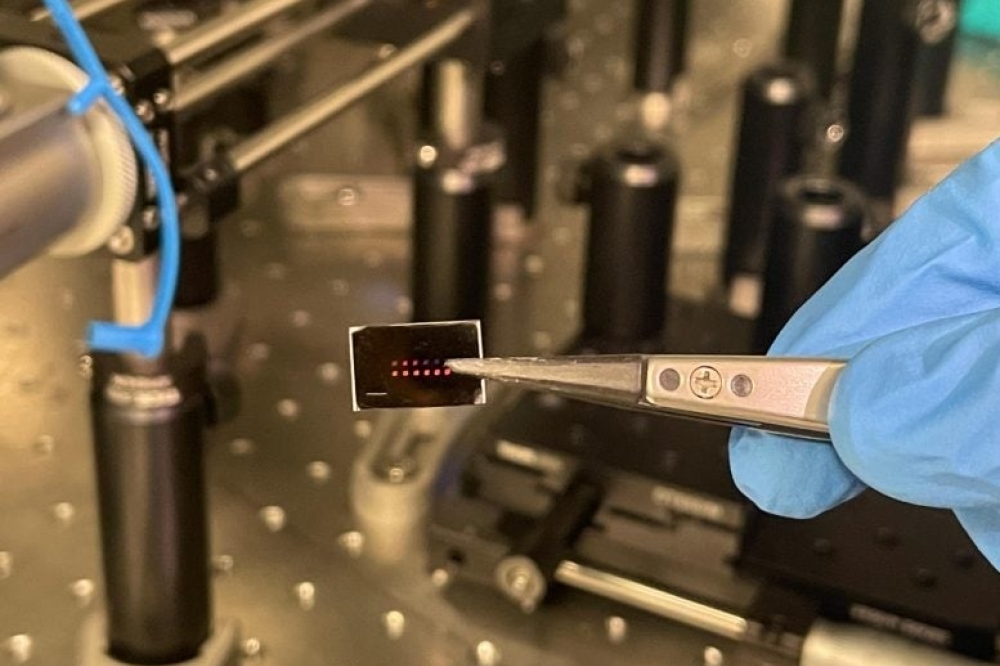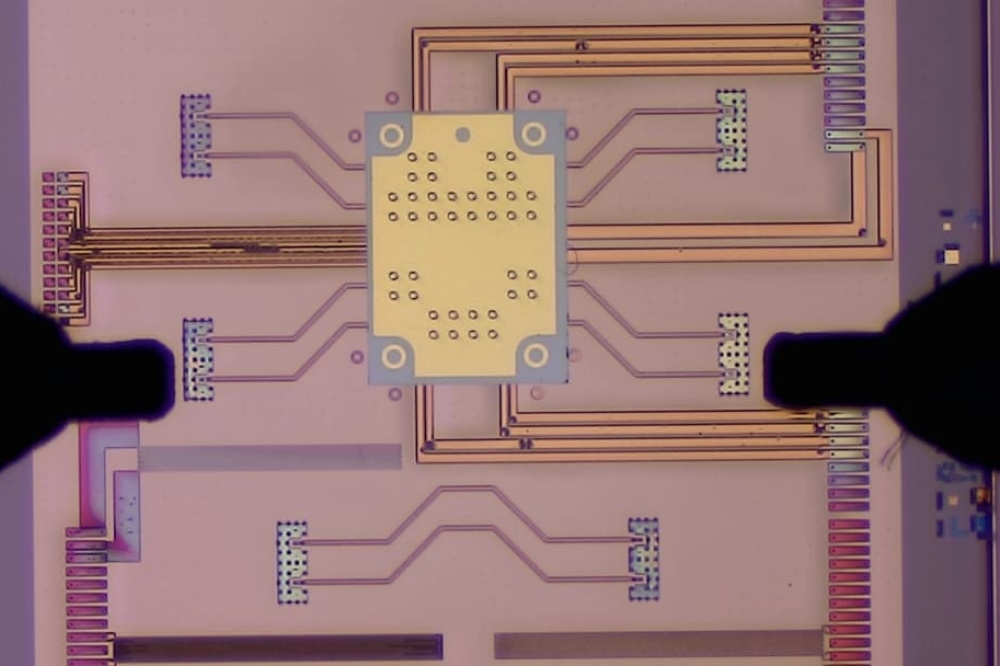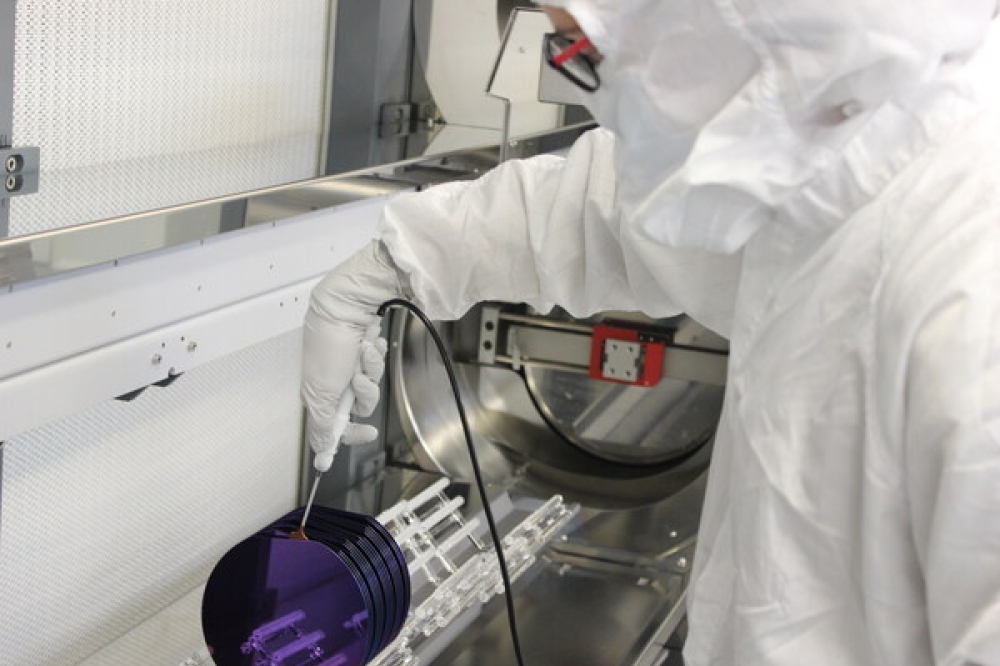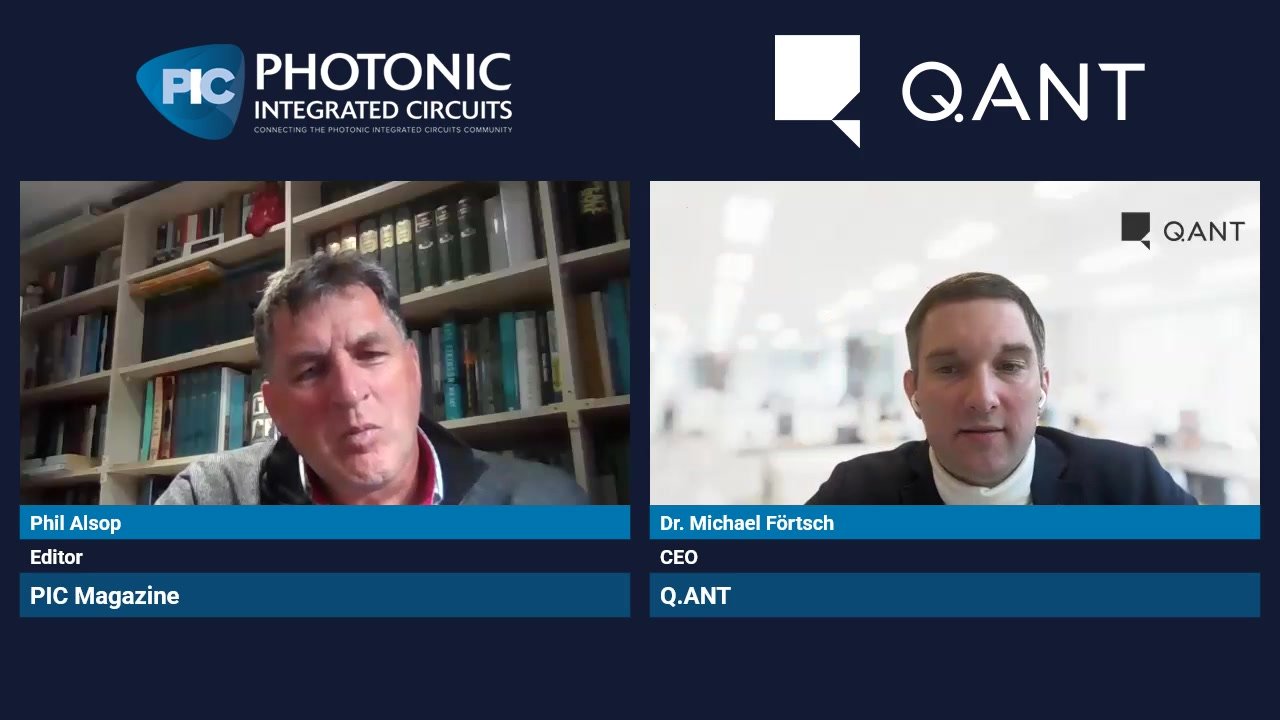Powering Future Optical Microsystems with PICs

Lasers are essential to many fields – ranging from optical communications and remote sensing, to manufacturing and medicine. While the semiconductor laser was first demonstrated nearly 60 years ago, advances in diode lasers and access to semiconductor fabrication techniques have enabled continued innovation and miniaturization of the technology. Photonic integrated circuits (PICs), which combine many photonic elements onto a single chip, have also transformed the way lasers and other optical systems are engineered, creating improvements in size, weight, and power (SWaP), system performance, and enabling new functionality. Despite these advances, a number of obstacles still hamper the proliferation of optical systems for defense and commercial applications.
Today, PICs take several forms and are defined by the materials used to create the integrated device platform. While the vast silicon electronics manufacturing ecosystem has established silicon photonics as the premier platform for the integration of thousands of high-performance passive components on a single chip, fundamental material constraints preclude efficient generation of light, or optical gain, using on-chip components. Compound semiconductors can efficiently generate light on-chip, but suffer challenges in scaling power or complexity due to high propagation loss – or loss due to light absorption, scattering or other means – and limited manufacturing maturity. An integrated platform with complete photonics functionality on a single chip would improve performance, support design innovation, and reduce development costs, enabling greater deployment and impact across many commercial sectors as well as the Department of Defense (DoD).
“Commercial data center drivers have established integrated photonics platforms that address a specific market segment,” said Dr. Gordon Keeler, program manager in DARPA’s Microsystems Technology Office (MTO). “However, DoD-relevant applications typically require components with higher optical performance, such as lower noise lasers, higher power amplifiers, or operation in different spectral bands. As a result, critical and emerging applications are unable to leverage existing integrated photonics technology effectively. The development of a more capable integrated platform tailored to specialty user needs could have revolutionary impact.”
To address the obstacles impeding the development of optical microsystems, DARPA developed the Lasers for Universal Microscale Optical Systems (LUMOS) program. LUMOS seeks to develop complete and highly capable integrated photonics platforms that enable efficient optical gain, high-speed modulation and detection, and low-loss passive functionality on a single chip. The platforms will integrate various components – lasers, amplifiers, modulators, waveguides, and detectors – onto a single substrate, providing unprecedented functionality for myriad use cases – ranging from digital and analog communications, to navigation and timing, to quantum sensing and computing. To address these requirements, LUMOS seeks to explore new materials and employ recent developments in heterogeneous integration techniques that combine best-in-class materials on a single chip.
Within the program, researchers are tasked with creating platforms optimized across three domains – complexity, power, and spectrum. With a focus on dramatically scaling the complexity and performance of silicon photonics technology, researchers will work to develop a platform that supports the integration of thousands of optical components on a single chip under the first research area. A second research area will focus on the development of high-power, high-speed photonics platforms for defense applications. A third area seeks to develop visible and near-infrared photonics platforms, capable of supporting new classes of applications such as critical sensing, timing, and quantum information applications. Each research area will explore on-chip gain integration strategies and PIC platforms tailored for application-specific needs.
To illustrate the performance gains and SWaP improvements generated by complete component integration, LUMOS will pursue demonstrations on DoD-relevant systems throughout the life of the program.
LUMOS is a part of DARPA’s Electronics Resurgence Initiative (ERI) – a five-year, upwards of $1.5B initiative to develop techniques and technologies for advancing microelectronics performance beyond the limits of traditional transistor scaling that has helped realize the projections of Moore’s Law. One aspect of ERI is focused on the creation of unique and differentiated domestic manufacturing capabilities that are accessible to the DoD. In addition to a focus on DoD-relevant applications, LUMOS seeks to develop integrated photonics platforms that can be fabricated in existing foundries, making the technology more accessible for defense users.
For more information, visit https://beta.sam.gov/opp/e9c6db5a6fc44a789ebdea6b77166207/view.
SOURCE: Defense Advanced Research Projects Agency (DARPA)







